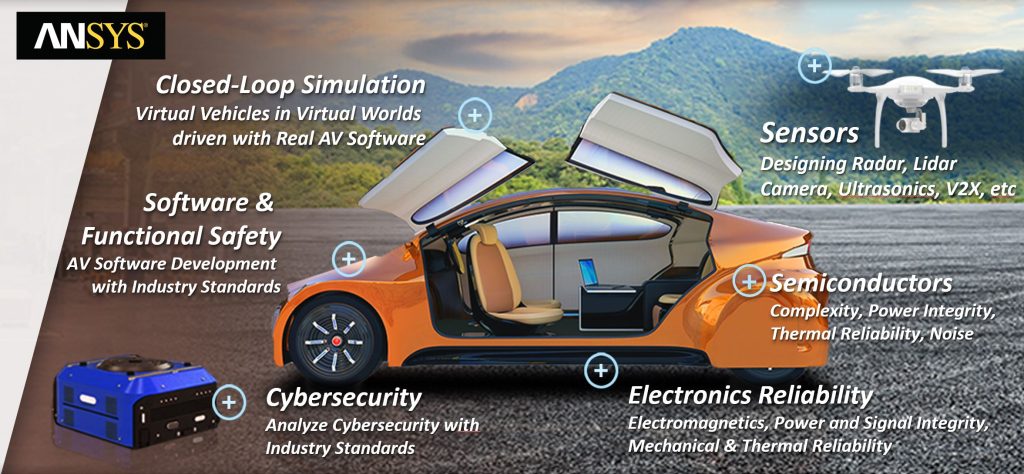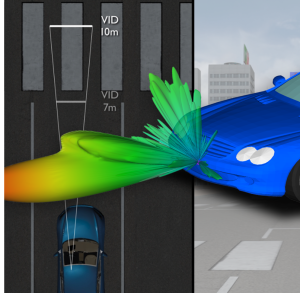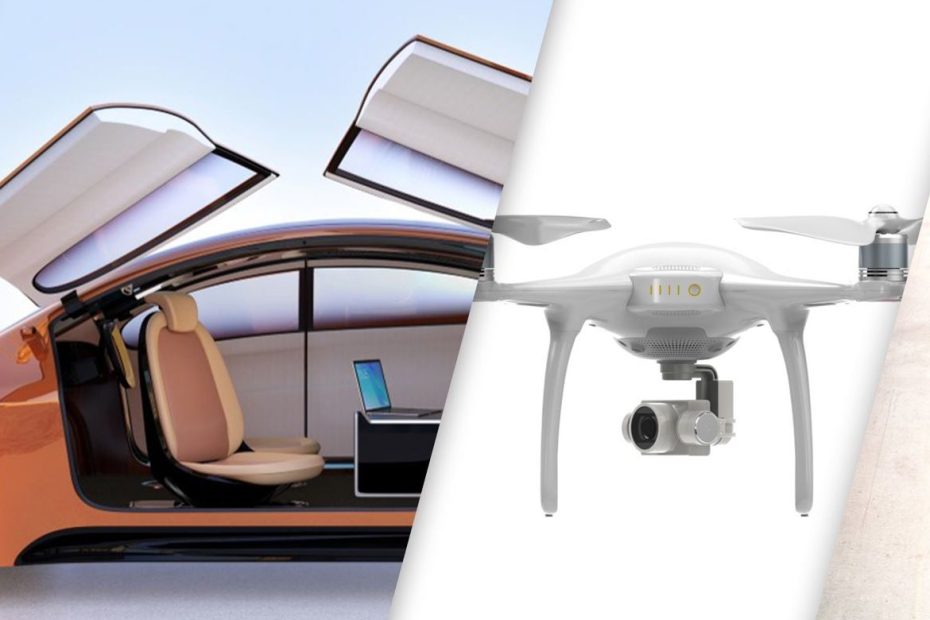
Take a look around you on your daily commute, and think about how your surrounds might change over the course of the next decade.
Many respected forecasters are predicting that rapidly converging trends (including advances in sensors, communications/connectivity & edge computing hardware) will make fully autonomous systems available sooner than many people think – meaning that your city and suburban surrounds may soon proliferate with drones and other autonomous robots. Likewise, our workplaces and industrial settings are also likely to benefit greatly from these autonomous systems – in fact, many already are (Hint: Amazon is ahead of the curve once again on this trend!).
No doubt there are complex technical challenges to be overcome in the development of such autonomous systems: which need to be safe and reliable while operating efficiently in complex, changing environments. As engineers, there are good reasons to be excited about this macro trend and as anyone using simulation (for complex physics such as structural mechanics, fluid dynamics or electromagnetics) already knows: simulation is the only way to thoroughly consider a complete design envelope in a fast and cost-effective way. This fact is reinforced by many leaders in the self-driving car race, such as NVIDIA and Waymo (a subsidiary of Google), who concur that simulation is indeed the only practical way to validate autonomous vehicles across all potential driving scenarios (combining unexpected events with variable driving conditions and weather). By 2017, Waymo’s self-driving car tests had only clocked 4 Million road miles driven, across 9 years of physical testing – but can now safely conduct 2.5 Billion simulated miles – per year – to help fast-track this much-needed technology. [Reference: Waymo Safety Report: On the Road to Fully Self-Driving (2017)]

Fortunately for us, ANSYS is building the industry’s only comprehensive solution for simulating and validating the safe performance of autonomous vehicles, robots & other systems.
ANSYS’ solution is open and configurable to validate autonomous vehicle/system performance against safety requirements through simulated miles driven, flown or maneuvered. Its open nature integrates an ecosystem that can be configured to a given development environment, hardware-in-the-loop requirements and vehicle architectures; and accurately incorporate:
 – high-fidelity physics,
– high-fidelity physics,
– electronics design incl. issues of power integrity, noise, structural & thermal reliability
– sensor models – integration of cameras, radar &/or lidar
– vehicle dynamics,
– statistical analysis of all possible real-world scenarios,
– embedded software,
– connectivity,
– data analytics and
– functional safety analysis.
So perhaps you’ve been given a forward-looking R&D project or tasked with investigating this key macro trend that will impact your product development over the next 5 to 10 years – where should you start? Well, at LEAP we get asked this question a lot, so we’re planning to run a quick 30-min webinar that help guide you through all the ways in which simulation can be used to develop an autonomous system – including examples of the “low hanging fruit” where you can get started.
If you missed our June 21 webinar on how to get started on your engineering journey towards fully autonomous systems, you can still watch the webinar on-demand here.

